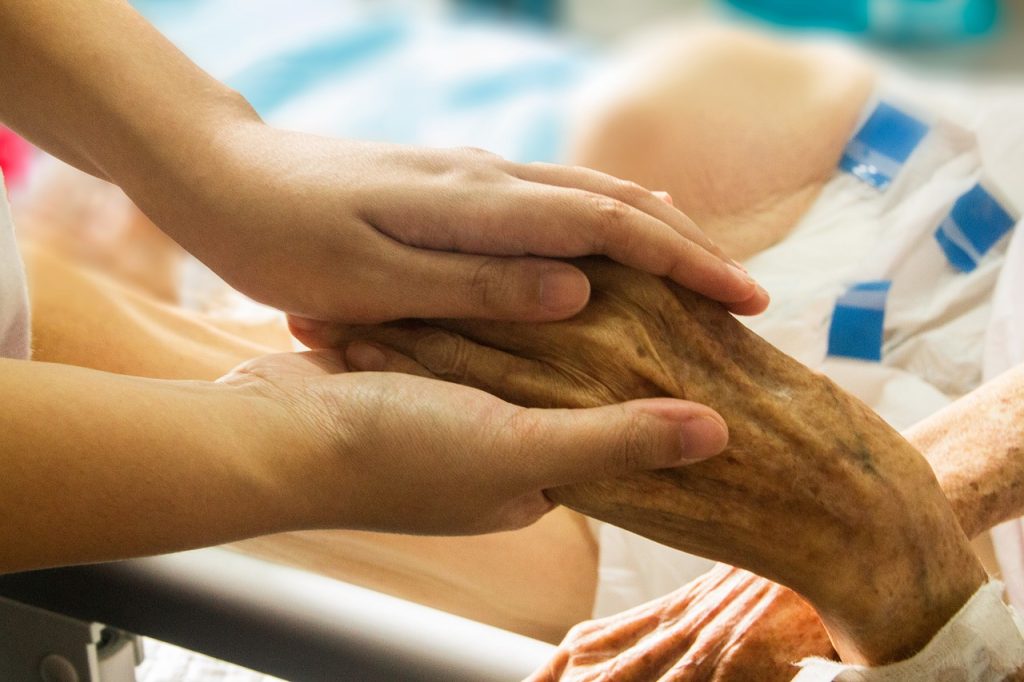As we welcome November, we often think of gratitude and family gatherings, but we sometimes forget one of the greatest reasons we gather as adults, end of life situations. When thinking about our own mortality or the loss of a loved one, it can be easy to try to sweep it under the rug or ignore that one thing in life that is guaranteed – it will end. November is when we recognize this significance with National Home Care & Hospice Month and National Hospice & Palliative Care Month. These observances serve as a reminder of the importance of planning for our health and wellness, which includes planning for the final stages of life. The focus on home care and hospice highlights the need for compassionate support systems that prioritize quality of life, even when facing terminal illnesses. This month is a reminder to us all that planning is wellness.
Wellness encompasses not only physical health but also emotional, social, and spiritual well-being. Planning for life and death is a crucial aspect of maintaining overall wellness. Just as one plans for the life of a new baby, end of life planning allows individuals to make informed decisions about their healthcare preferences, ensuring that their values and wishes are respected. This proactive approach can alleviate stress for both patients and their families during challenging times. Much like a “birth plan,” you can create a plan with the use of an advanced directive. These legal documents outline an individual’s preferences regarding medical treatment if they become unable to communicate those wishes themselves. By establishing advanced directives, individuals can ensure that their healthcare wishes align with their personal values, ultimately contributing to a sense of control over their own wellness journey.
Advanced directives will help you specify the types of medical treatments you do or do not wish to receive under certain circumstances, such as terminal illness or irreversible coma. Meanwhile, they help you plan by designating who your people are to support you if you need them to make healthcare decisions on your behalf. These forms may sound overwhelming but they are easily accessible on reputable websites such as CaringInfo.org or NationalHospiceandPalliativeCareOrganization.org. These organizations provide state-specific forms along with guidance on how to complete them correctly. It is important to review your state’s laws regarding advanced directives since requirements can vary significantly. (Vermont snowbirds want to be sure to check on the state they are a “resident” in.)
When filling out advanced directive forms, take your time. This is your opportunity to be clear and specific about your wishes. Take time to reflect on your values and what matters most in terms of medical care. Once completed, these documents should be signed according to state regulations—often requiring witnesses or notarization. If you encounter difficulties while completing these forms or have questions about your options, consider reaching out for assistance from local hospice organizations or call 211. Many organizations offer free consultations where trained professionals can help clarify any uncertainties regarding advanced directives. Also, you
can change and update your advanced directives as many times as you like, so there’s always a chance to just simply fill out another form.
Here in Vermont and in the NEK, we have a surplus of people who are caregivers. With a large population of people aging in place, this makes sense, and we need to care for our loved ones, but it doesn’t come with its own challenges. For the caregivers navigating the complexities of end-of-life care, you aren’t alone. Websites like AgingCare.com offer forums where caregivers can share experiences and seek advice from others in similar situations. Organizations such as www.caregiver.org provide educational materials and support networks designed specifically for caregivers facing the challenges associated with caring for loved ones at the end of life. It’s very important that caregivers also prioritize their own wellness!
Life is a journey that can seem very steep at the end, but we all have tools that can help us navigate the path with more ease, if we plan ahead. By taking time to plan now, to learn about and fill out advanced directives and utilize available resources, we can enhance our wellness journey while supporting our loved ones during difficult times. We plan for all the other milestones in life, why not the one we will all make it to? Planning is wellness.


